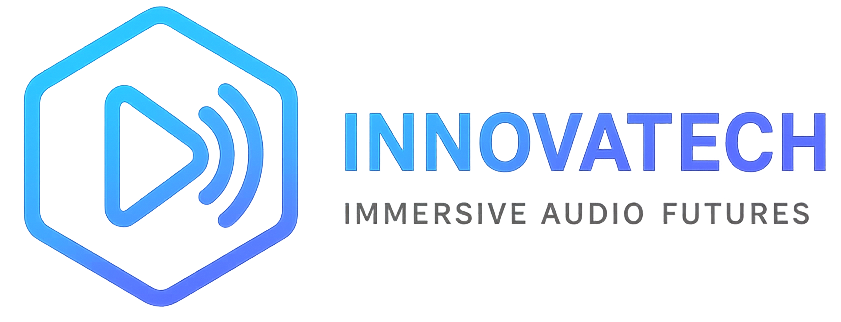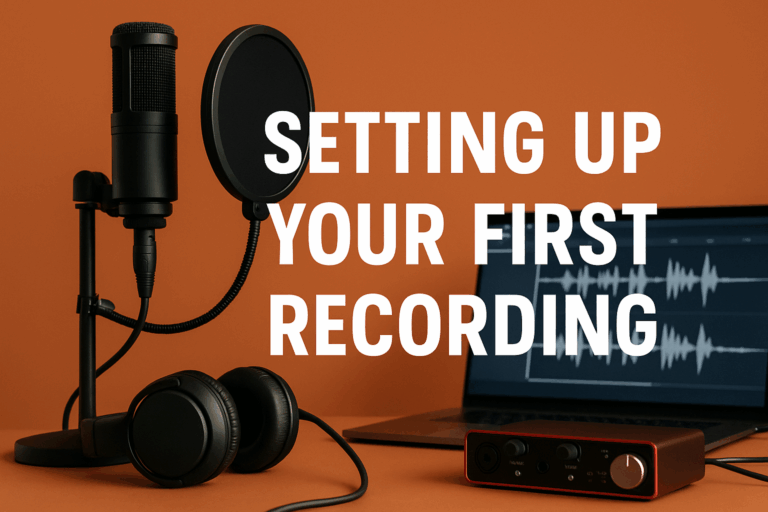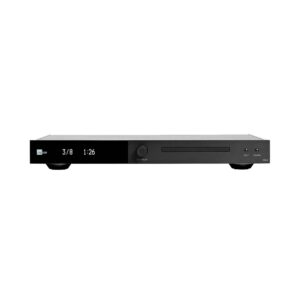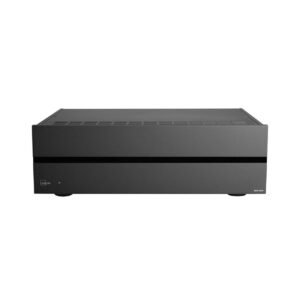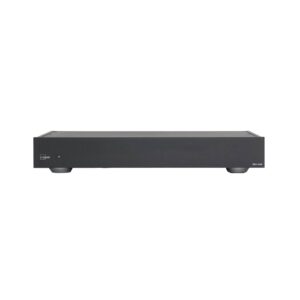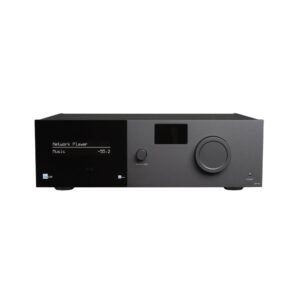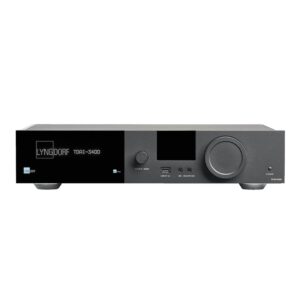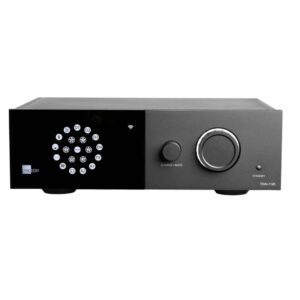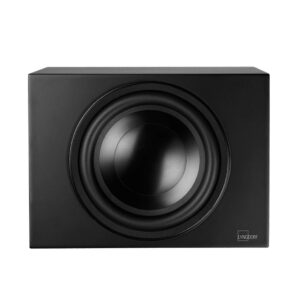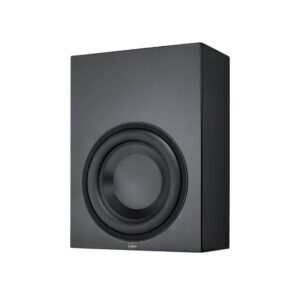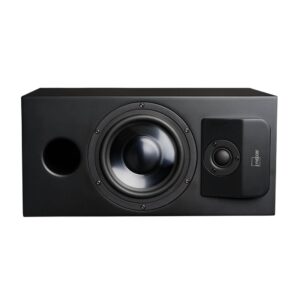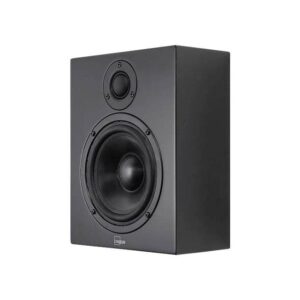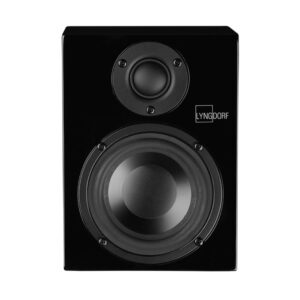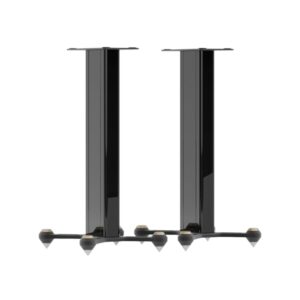Starting your own home studio can feel daunting, but with the right guidance you’ll pick the gear that works for you. First, remember that software is key: the DAW (Digital Audio Workstation) is the centrepiece of your workflow. It lets you record, edit, and mix on your computer. Pick a DAW you find easy to use and that matches your style (some have free trials or even free plans like BandLab).
Once software is sorted, focus on the hardware essentials. A good audio interface is vital – it’s “the bridge between your microphone and computer”. It converts mic and instrument signals into digital audio and back to analog for playback. Quality interfaces have built-in preamps, multiple inputs/outputs, and keep latency low. When reading reviews, look for features like sample rate/bit depth (24‑bit/48 kHz is a great start) and solid build quality.
For capturing sound, microphones are your next step. Beginners often start with a condenser mic, because condensers “offer a more detailed sound” and capture high frequencies well – perfect for vocals, acoustic guitar, piano, and room ambience. By contrast, dynamic mics handle loud sources better and are very rugged. When reading reviews or guides, note the microphone’s pickup pattern (cardioid is common and rejects off-axis noise) and sensitivity. Also consider accessories: a pop filter can cut out harsh plosives on vocals, and a shock mount or stand ensures a stable recording setup.
Next, gear to hear your music: studio monitors and headphones. Studio monitors (speakers) faithfully reproduce what you record, “down to the last nuance”. They shouldn’t add color – “what you put in is exactly what you get back”. When reading reviews, look for flat frequency response and good bass extension. If space or budget are limited, a solid pair of studio headphones is essential. Closed-back headphones isolate sound so you can track in real-time, while open-back models give a more accurate soundstage. The right pair helps you catch details during recording and mixing.
When browsing product guides and reviews, keep these tips in mind: look for consensus across multiple reviews, check specifications (bit rate, connectivity, build), and see if the product fits your needs (e.g. “compact interface for podcasts” vs. “multiple inputs for a band”). Don’t be swayed by flashy features if they don’t serve your workflow. Reviews on trusted pro-audio sites or educational blogs often highlight strengths/weaknesses in an easy-to-understand way.
By focusing on experience and ease of use (as Swee Lee’s guide suggests for DAWs) and matching gear to your goals, you’ll build a setup that sounds great and stays within budget.
Tip: Many brands offer bundles (e.g., audio interface + mic + headphones) which can be economical. Always confirm compatibility (e.g., do these headphones connect via the interface’s jack?). Reading both expert reviews and user feedback can help you avoid surprises.
Feeling equipped to choose your gear? Explore more gear reviews and take the plunge – your studio adventure awaits! Check out our other guides or visit a local music shop to try out gear firsthand.
